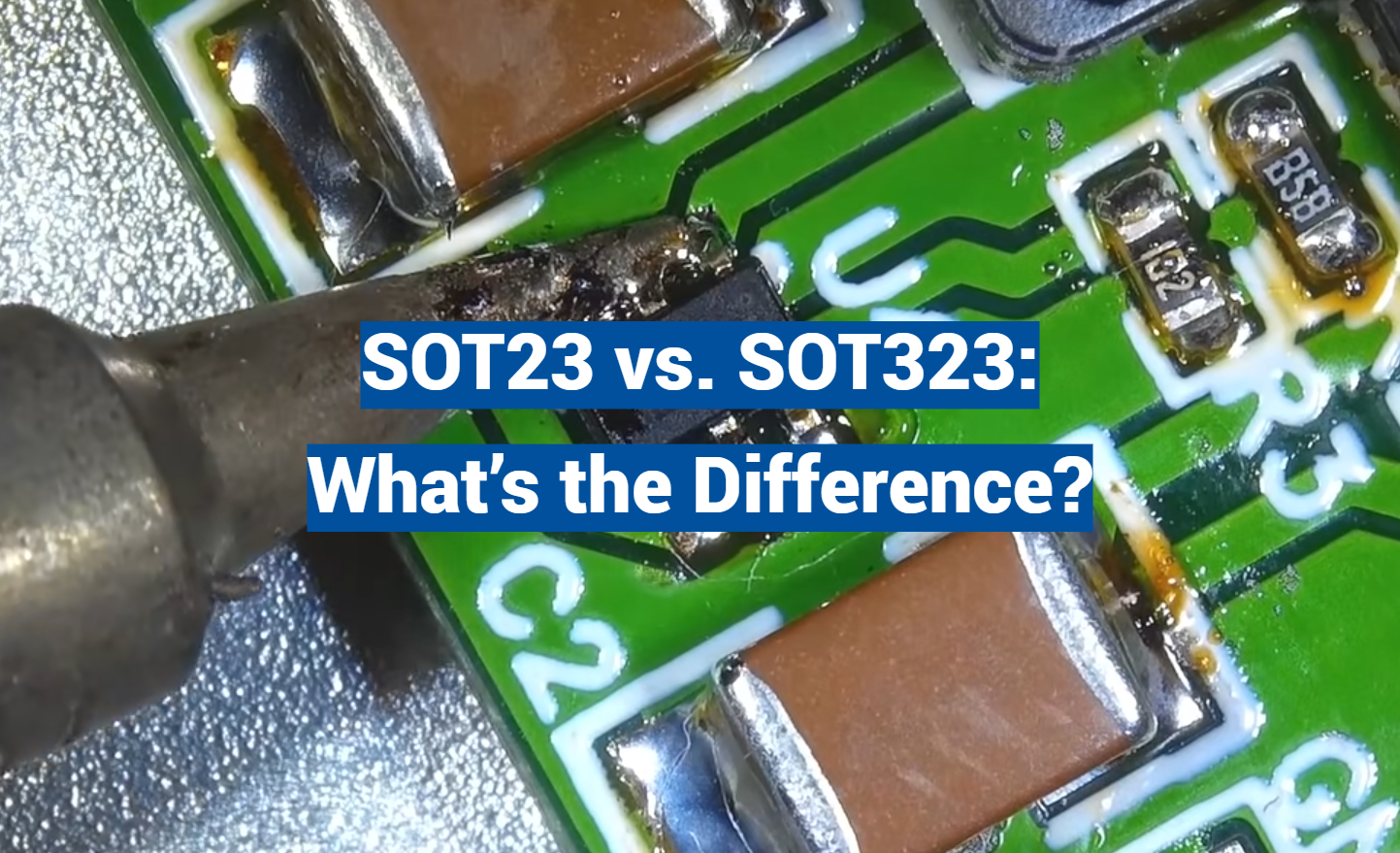In the exciting world of electronics, the letters and numbers that make up component names often carry significant importance. Take, for example, the case of SOT23 and SOT323. These two seemingly similar acronyms can cause quite a stir among tech enthusiasts. What exactly sets them apart? What differentiates the SOT23 from its distant cousin, the SOT323? Fear not, dear readers, for today you embark on a thrilling journey to unravel the mysteries and explore the fascinating realm of SOT23 and SOT323. So, sit back, grab your magnifying glass, and uncover the ultimate guide to distinguishing between SOT23 and SOT323!
What is a Small Outline Transistor for?
A Small Outline Transistor (SOT) is a type of transistor designed for compact circuitry with high-power performance. It consists of two or three pins that connect the base, collector and emitter together to amplify or switch electronic signals. Its small size allows it to fit into smaller devices such as mobile phones and other consumer electronics, making it an excellent choice for applications that require miniaturization.
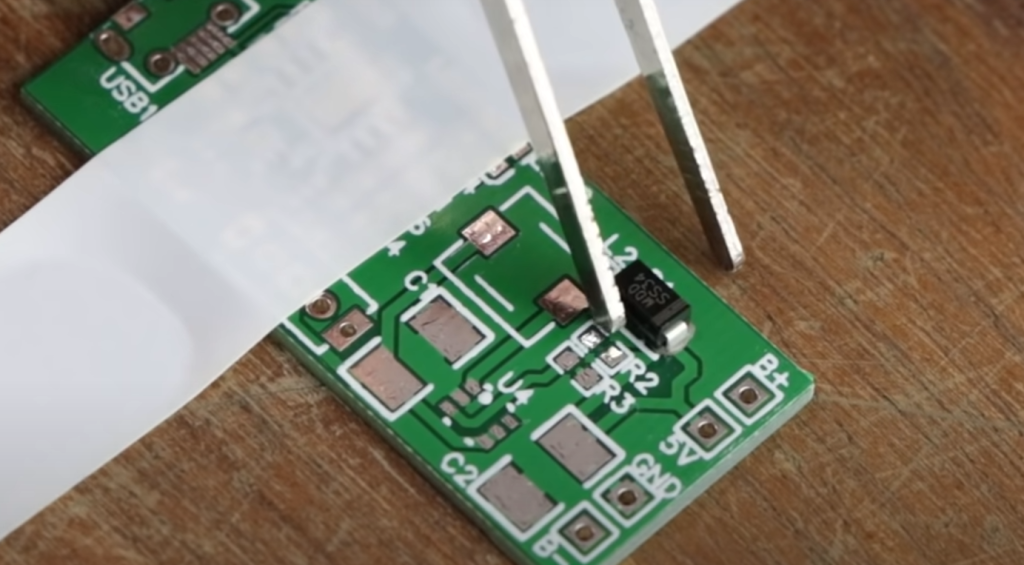
The SOT transistor is also used in power circuits, audio amplifiers and digital logic circuits. Its low voltage and current capability make it ideal for low-power applications such as battery-powered devices or wireless networks. It is also useful in high-reliability designs since it has a long life span and can operate without any significant degradation. Furthermore, its low-cost makes it a popular choice for many consumer electronics designs.
Finally, the SOT transistor has become an integral part of modern-day technology and is found in virtually all electronic devices today. It is used to switch circuits on and off, amplify signals or control voltage levels in digital logic circuits. As technology continues to advance, the development of more efficient and smaller SOT transistors will continue to be an important part of the development process.
This is just a brief introduction to what a Small Outline Transistor is and how it can be used in various applications. Many more details go into understanding this miniature but powerful device, such as its different types, operational characteristics and more. To understand more, you can go through the various resources available online.
Understanding how transistors work and how to use them in designs is key to creating successful, reliable electronic devices. With the help of SOT transistors, designers can create miniaturized products that don’t sacrifice performance or reliability. This makes them an invaluable component for a wide variety of projects [1].
Different types of small outline transistor
There are several types of small outline transistors available, including the bipolar junction transistor (BJT), metal-oxide-semiconductor field effect transistor (MOSFET), and complementary MOSFET (CMOS). Each type of transistor has its own unique characteristics and benefits.
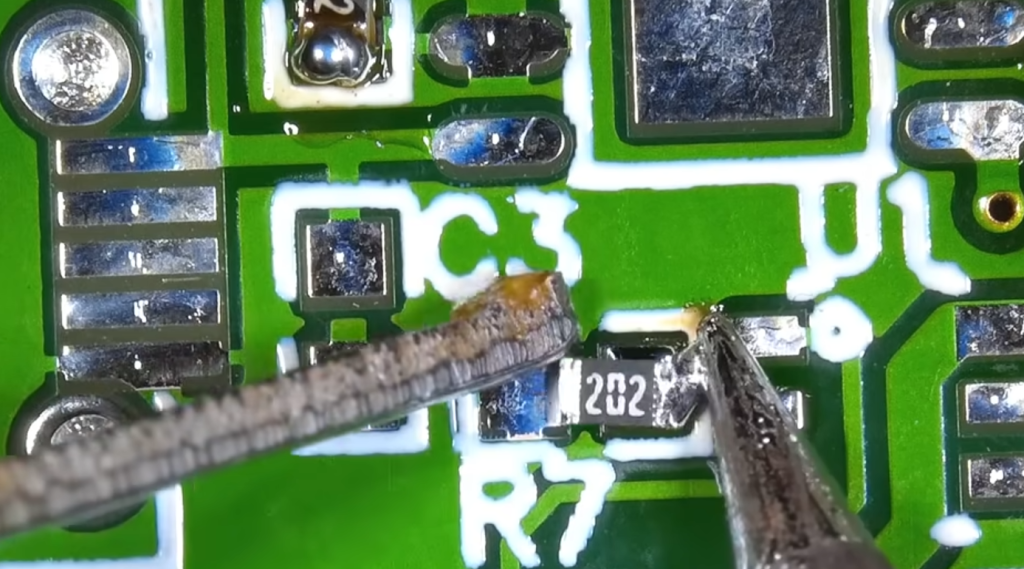
The BJT is a three-terminal device that contains two junctions, a collector and an emitter. It is used to amplify current, voltage, or power signals and can be found in amplifiers and oscillators.
MOSFETs are also three-terminal devices that contain two gates, the source and the drain. They are primarily used to switch electrical signals on and off at high speeds due to their fast switching capabilities.
CMOS transistors are also three-terminal devices and use the same two gates as MOSFETs but with an additional gate layer. They are known for their low power consumption and can be used in applications that require low-voltage operation.
All types of small outline transistors have their own advantages and disadvantages depending on the application they are used in. It is important to choose the right type of transistor for the desired application to ensure optimal performance.
For example, BJTs are better suited for amplification and switching applications due to their high current gain, while MOSFETs are better suited for switching applications due to their fast switching speeds. CMOS transistors are ideal for low-voltage applications due to their low power consumption.
In addition, small outline transistors come in different package types such as through-hole, surface-mount, and dual in-line packages (DIP). Each type of package has its own set of advantages and disadvantages that must be taken into account when selecting the right package for a particular application. Through-hole packages are best suited for applications that require high power levels, while surface-mount packages are better for applications that require more flexibility. DIP packages are typically used in consumer electronics due to their low cost and small size.
SOT23 and SOT323 Differences In Feature
The Parameters Differences In SOT23 And SOT323
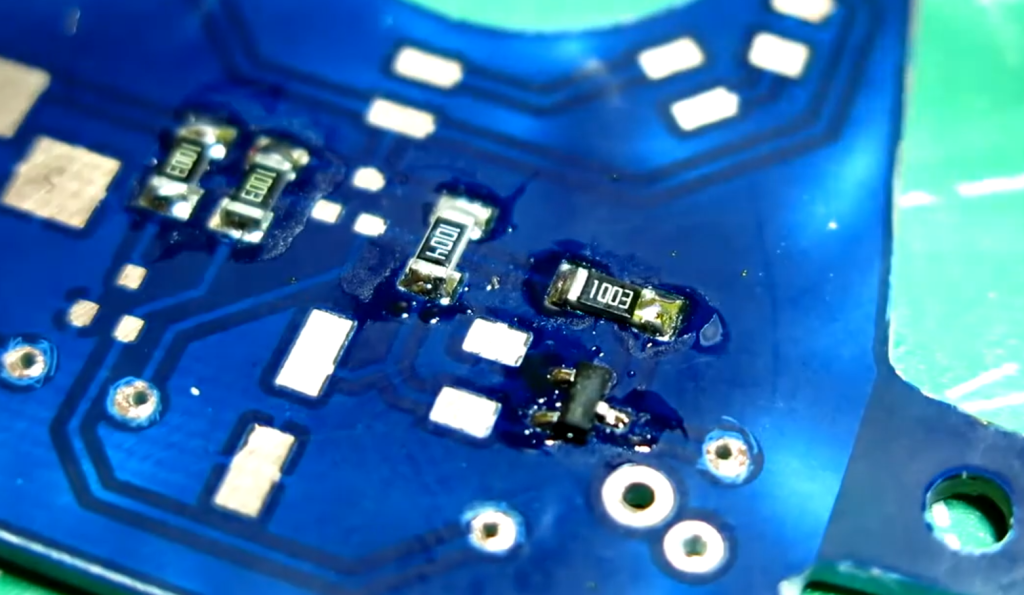
Another difference between these two package types is their feature set. The SOT23 package typically has fewer features than the SOT323, such as fewer internal connections between pins and a smaller die size which can reduce costs. However, the SOT323 usually offers more features, such as additional pin-to-pin connectivity and larger die sizes that enable higher clock speeds and greater power efficiency.
In addition, the SOT23 package has a much smaller footprint than the SOT323, making it more suitable for applications that require a compact form factor. On the other hand, the SOT323 is better suited to applications that benefit from its larger feature set and higher clock speeds.
The physical dimensions of these two packages also differ significantly. The SOT23 is the smaller of the two packages and typically measures 2.9mm x 1.6mm, while the SOT323 measures 4.4mm x 2.75mm, making it slightly larger than its counterpart.
To sum up, the differences between SOT23 and SOT323 packages are primarily defined by their pin count, feature set, die size, and physical dimensions. While the SOT23 is smaller in size and has fewer features than the SOT323, it can still be used for many applications due to its low cost and compact form factor. The SOT323, on the other hand, is better suited to applications that require higher clock speeds, greater power efficiency, and a larger feature set.
The Package Outlines of SOT323 and SOT23
The SOT23 and SOT323 packages have different pin counts, feature sets, and physical dimensions. As such, they also have distinct package outlines that define the layout of their pins.
The SOT23 package has a rectangular outline with three leads arranged in a triangular shape along one side of the package. The larger SOT323 has an octagonal outline with five leads arranged in a pentagonal shape along one side of the package.
The SOT23 package also has wider lead spacing than the SOT323, which can make it easier to solder or assemble onto printed circuit boards (PCBs). On the other hand, the narrower lead spacing on the SOT323 can be beneficial for applications where space is limited.
The SOT23 and SOT323 packages have different pin counts, feature sets, die sizes, physical dimensions and package outlines. While the SOT23 is smaller in size and has fewer features than the SOT323, its low cost and compact form factor make it suitable for many applications. The larger SOT323 package is better suited to applications that require higher clock speeds, greater power efficiency, and a larger feature set. The SOT323’s narrower lead spacing can also be beneficial for applications where space is limited.
The Soldering Differences in SOT23 and SOT323
The SOT23 and SOT323 packages also differ in the way they are soldered to printed circuit boards (PCBs). The SOT23 package has wider lead spacing than the SOT323, which can make it easier to solder or assemble onto PCBs. The narrower lead spacing on the SOT323 requires more precision when soldering, as the leads must be precisely aligned with the holes on the PCB.
Additionally, there are a few tips to keep in mind when soldering SOT23 and SOT323 packages. It is important to use a flux-core solder that can provide adequate adhesion between the leads and the PCB without creating excess heat. Additionally, it is important to maintain an even temperature throughout the entire soldering process to ensure a secure connection between the package and the PCB.
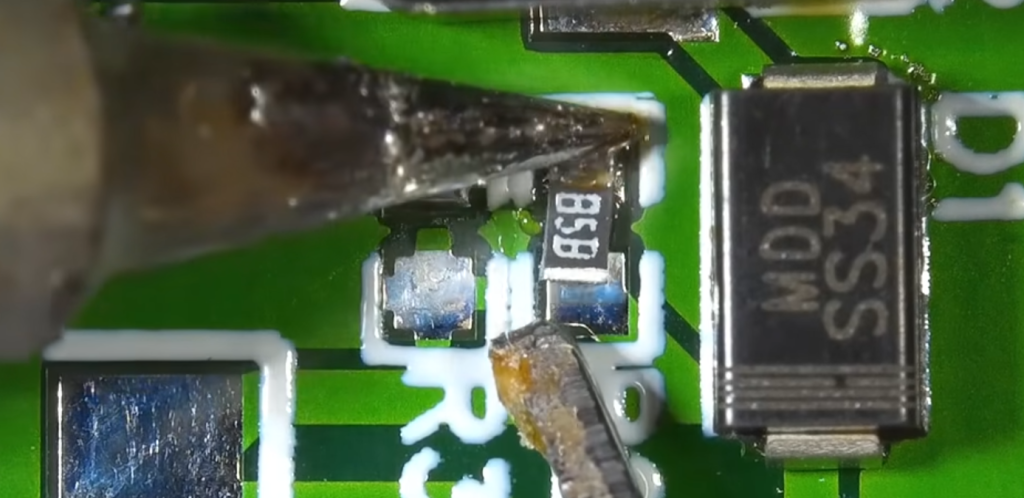
In conclusion, SOT23 and SOT323 packages have different lead spacing that can affect the soldering process. The wider lead spacing of the SOT23 makes it easier to solder onto PCBs, while the narrower lead spacing of the SOT323 requires more precision when soldering. To ensure a secure connection between the package and the PCB, it is important to use flux-core solder and maintain an even temperature throughout the entire soldering process [2].
Pros and cons of SOT23
SOT23 is a widely used package for surface mount (SMT) components as it provides an efficient way to save space. While this type of package has many advantages, some drawbacks should be considered when deciding to use SOT23 components in a project.
One of the biggest benefits of using SOT23 is its small size and low profile. This type of package allows components to be placed in tight locations with minimal space requirements. Additionally, its small size makes it easy to hand-sold and keep track of different components during prototyping or production.
Another advantage is the cost associated with SOT23 packaging. Since this technology has been around for a long time, it is usually cheaper than other packages with the same number of pins.
However, there are some disadvantages to using SOT23 components as well. One of the major issues is its limited pin count. Since most SOT23 packages only have three or four pins, it might be difficult to route all the signals necessary for a specific application. In addition, because of their small size, SOT23 components are more prone to damage during handling.
Finally, it is important to consider the fact that SOT23 packages are not compatible with all types of circuit boards. If a project requires a particular type of board, the design might need to be modified in order to accommodate the SOT23 package.
Pros and cons of SOT323
The SOT323 package is one of the most popular packages for surface-mount electronics components. It offers many advantages but also has some drawbacks that potential users should consider before making their choice.
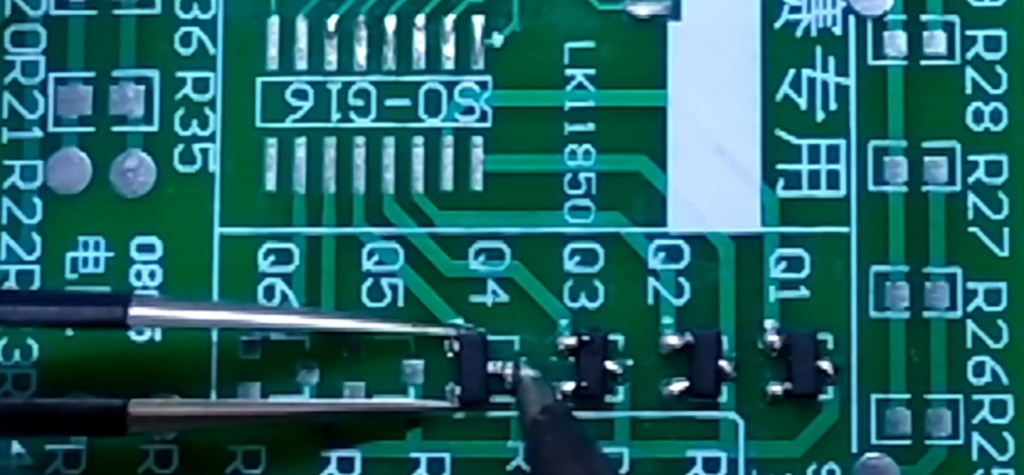
One of the primary benefits of using a SOT323 package is its size and weight, which makes it ideal for applications requiring compact designs. The small size also helps to reduce material costs associated with manufacturing, as well as the cost of the device itself. Furthermore, SOT323 packages are often designed with internal shielding which can help prevent electrical interference from other components nearby.
Another advantage is that they typically have a higher temperature rating than many other SMD packages, making them suitable for use in high-temperature applications such as automotive electronics. Additionally, they are available in several different configurations, allowing the user to choose the best package for their specific needs.
On the downside, SOT323 packages may not be suitable for applications requiring a large amount of pins because of their limited pin count. Furthermore, due to their small size and lack of internal shielding, care must be taken to ensure proper grounding and wiring to prevent potential issues with EMI. Lastly, due to their low profile, they can be more susceptible to mechanical damage than some other packages.
Overall, the SOT323 package provides a great deal of benefits for users looking for a compact, lightweight, and cost-effective solution for their electronics applications. However, it is important to consider the pros and cons of using this package before deciding to ensure that it is the right choice.
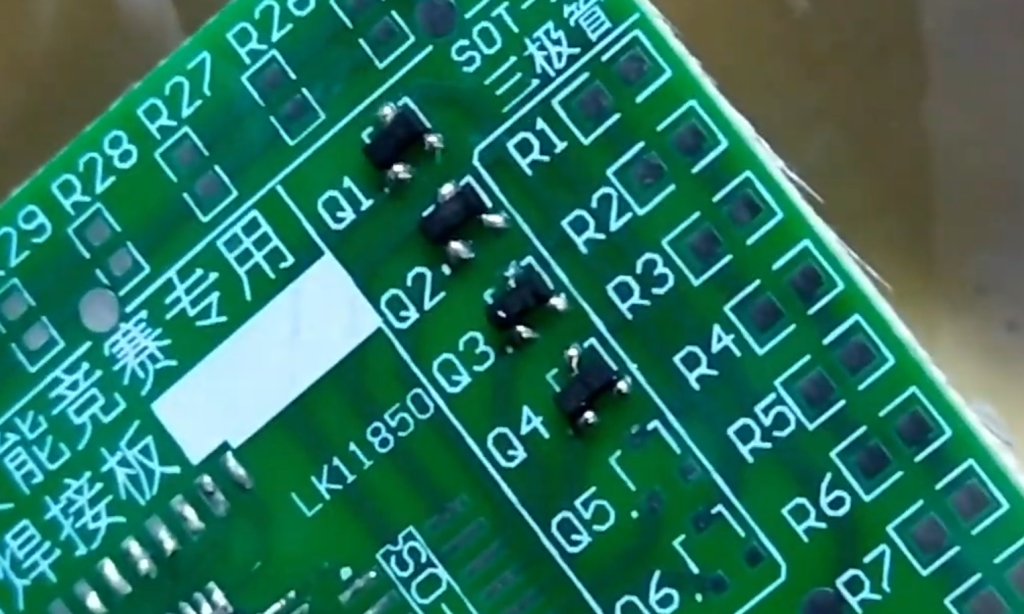
FAQ
Is SOT23 and SOT23 3 the same?
No, SOT23 and SOT23 3 are not the same. The main difference between them is that SOT23 devices are usually used for power management applications while SOT23 3 devices are mostly used for high-frequency signal applications. Additionally, due to their size, SOT23 3 packages tend to have a lower power dissipation compared to their SOT23 counterparts. As a result, they tend to be better suited for applications where space and power are at a premium. Therefore, it is important to consider the application requirements before selecting an appropriate SOT package.
What are the benefits of using SOT packages?
SOT packages provide several advantages compared to other packaging types. Firstly, they have high packing density, allowing them to be used in space-constrained applications. Secondly, they are relatively inexpensive and easy to assemble. Additionally, the low thermal resistance of SOT packages enables them to dissipate more power with less heat buildup. Finally, since they are surface mount devices, SOT packages can be assembled using automated pick-and-place assembly machines which helps reduce assembly costs.
Are there any drawbacks of using SOT packages?
Although SOT packages offer several advantages, they also have some disadvantages. The main issue with these devices is that due to their small size, they are more prone to damage during handling and assembly compared to larger packages. Furthermore, due to the high packing density of SOT packages, they tend to have higher capacitance which can affect their performance in certain applications. Additionally, due to the high density of these packages, they tend to generate more heat when dissipating power, making it necessary to properly manage thermal issues during design and assembly. Finally, since SOT packages are surface mount devices, proper soldering techniques must be used to ensure a reliable electrical connection.
What is the difference between SOT 323 and SOT 233?
The main difference between SOT 323 and SOT 233 is their size. The SOT 323 package is slightly larger than the SOT 233, making it better suited for applications requiring more surface mount area. Additionally, due to its larger size, the SOT 323 package has a lower thermal resistance which helps reduce power dissipation issues during operation. Furthermore, since the SOT 323 package has more available pins, it is better suited for applications requiring more electrical connections. Finally, due to its larger size, the SOT 323 package is usually slightly more expensive than the SOT 233.
What types of applications are SOT packages suitable for?
SOT packages are primarily used in consumer electronic devices such as mobile phones and laptops. However, they can also be used in automotive, medical, industrial and military applications due to their small size and high packing density. Additionally, due to their low thermal resistance and easy assembly process, SOT packages are suitable for high-density applications requiring minimal space with limited power dissipation. Finally, since SOT packages come in various shapes and sizes, they are also suitable for applications requiring a variety of electrical connections.
What is the difference between sot 223 3 and sot 223 4?
The main difference between sot 223 3 and sot 223 4 is the number of pins. The SOT 223 3 package has three pins while the SOT 223 4 package has four. Additionally, due to its larger size, the SOT 223 4 package typically has a lower thermal resistance, allowing it to dissipate more power with less heat buildup. Furthermore, since the SOT 223 4 package has an additional pin, it is better suited for applications requiring more electrical connections. Finally, due to its larger size, the SOT 223 4 package is usually slightly more expensive than the SOT 223 3.
What is the difference between SOT23 and SOT 23F?
The main difference between SOT23 and SOT 23F is their lead count. The SOT23 package has three leads while the SOT 23F has five. Additionally, due to its larger size, the SOT 23F typically has a lower thermal resistance, allowing it to dissipate more power with less heat buildup. Furthermore, since the SOT 23F package has two additional leads, it is better suited for applications requiring more electrical connections. Finally, due to its larger size, the SOT 23F package is usually slightly more expensive than the SOT23.
Conclusion Paragraph
Small outline transistors have revolutionized the electronics sector. Their ability to shrink down circuits and circuits means that smaller, cheaper and more efficient devices can be built. This has enabled a range of new applications, from consumer gadgets to high-end industrial equipment. Outline transistors have also been essential in the development of modern integrated circuits, making possible powerful items such as laptop computers and mobile phones.
SOT23 and SOT323 transistors are some of the smallest and most widely used types on the market, providing a range of advantages in terms of size, cost and performance. They have become an essential component of modern electronic designs. As technology continues to evolve, so too will our use of SOT23 and SOT323 transistors, ensuring their continued success for years to come.
Useful Video: Electronics: SOT23-5 Package vs SOT23-5L…Differences?
References:
- https://ebics.net/sot23/
- https://www.utmel.com/components/what-is-the-difference-between-sot23-and-sot323?id=1371

